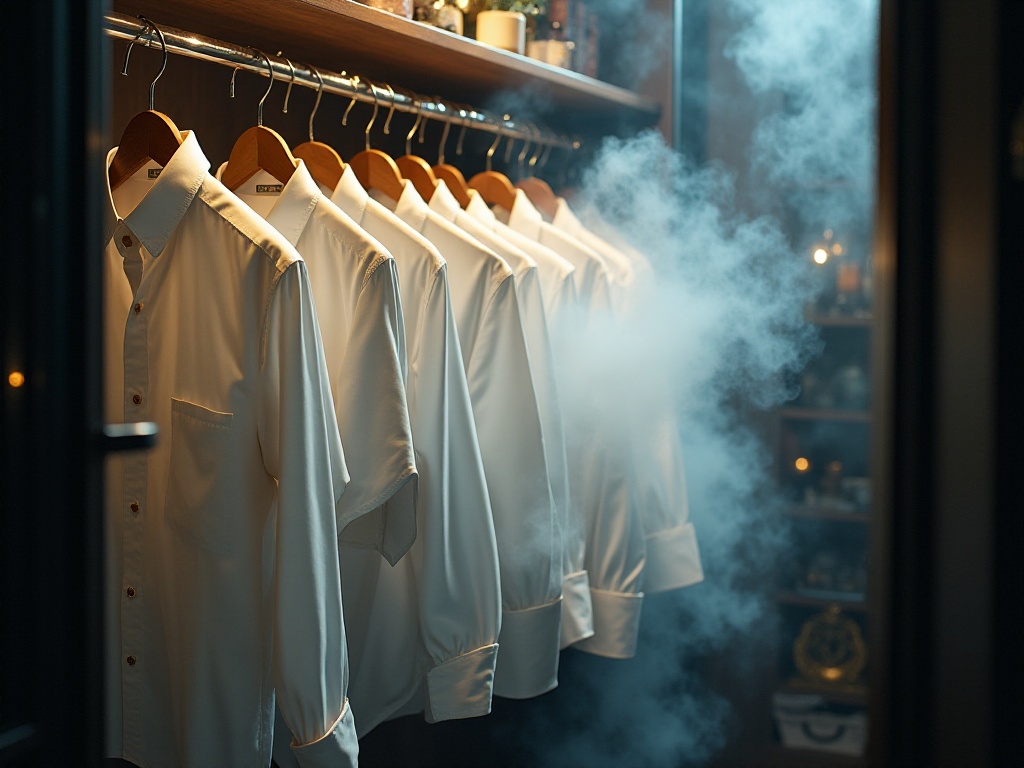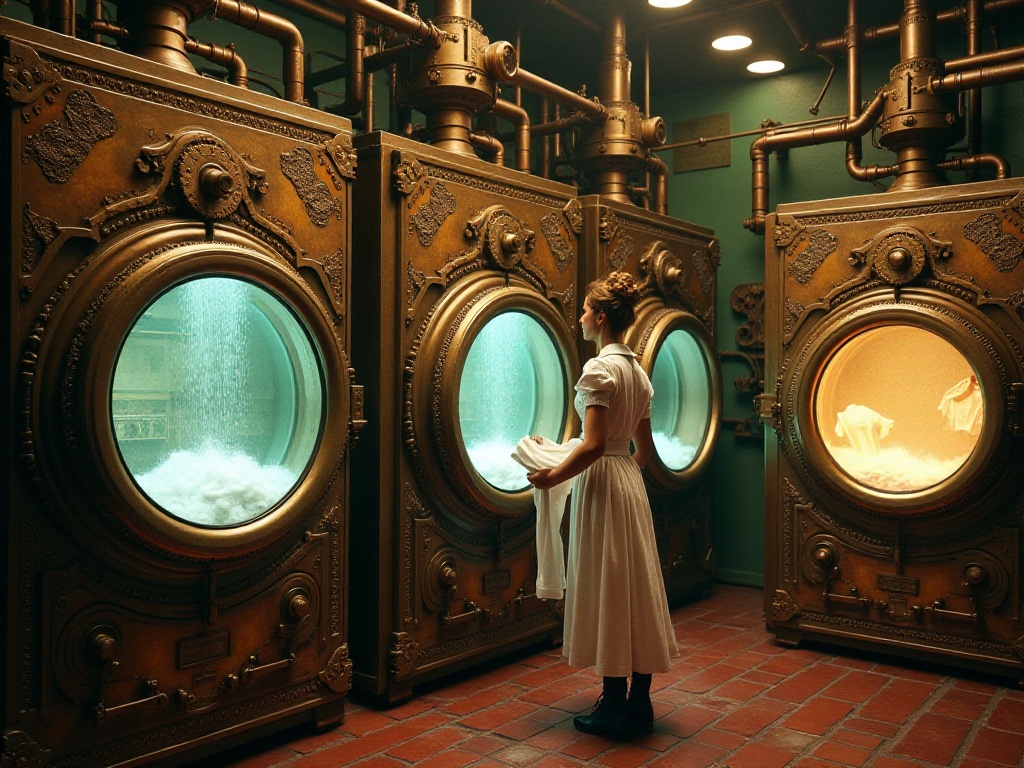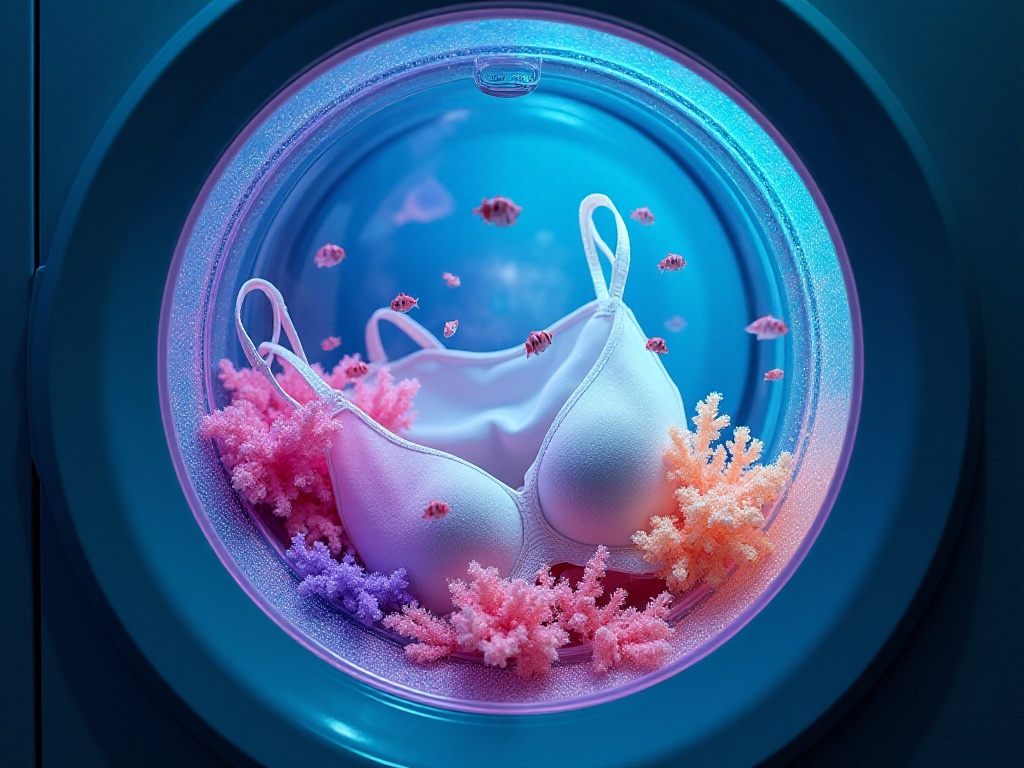Opening Chat
As a young working professional, I've stepped into so many laundry pitfalls. I still remember when I first moved out, thinking I was being so efficient by throwing all my clothes into the washing machine together - saving time and being eco-friendly. The result was predictable - it was devastating! My new white T-shirt got washed with black jeans, turning it gray. That was my hard-to-find limited edition shirt!
Another time, there was this sweater I really loved, which cost almost half a month's salary. After washing, it shrunk to the size of doll clothes - even my cat wouldn't look at it. After these painful lessons, I finally realized that laundry is actually a skill that needs to be taken seriously.
Sorting is Key
Honestly, I used to be completely lazy. I'd just throw dirty clothes into the washing machine, not even bothering with laundry bags. I paid dearly for this later - either things would get dyed or shed fur. Every time I finished laundry was like opening a mystery box, full of "surprises."
Now I've finally learned my lesson and sort my clothes carefully before each wash. When it comes to sorting, there are three main aspects to consider:
First is color. White clothes are really delicate and can easily be dyed by other clothes. Now I keep white clothes in one pile and dark clothes in another. Especially those newly bought dark clothes - they bleed badly in the first few washes, so they absolutely can't be mixed with light-colored clothes.
Then there's fabric. Cotton, silk, wool - washing these different materials together is a disaster waiting to happen. My favorite silk nightgown was ruined when I washed it with a down jacket - it got covered in down feathers that wouldn't come off. Now I have dedicated laundry bags for each type of fabric, which prevents these problems.
Finally, consider how dirty the clothes are. Really dirty clothes, like post-workout wear or clothes with oil stains, need to be handled separately. I once made the mistake of washing my post-basketball clothes with other items, and everything ended up with a subtle sweat odor - it was terrible!
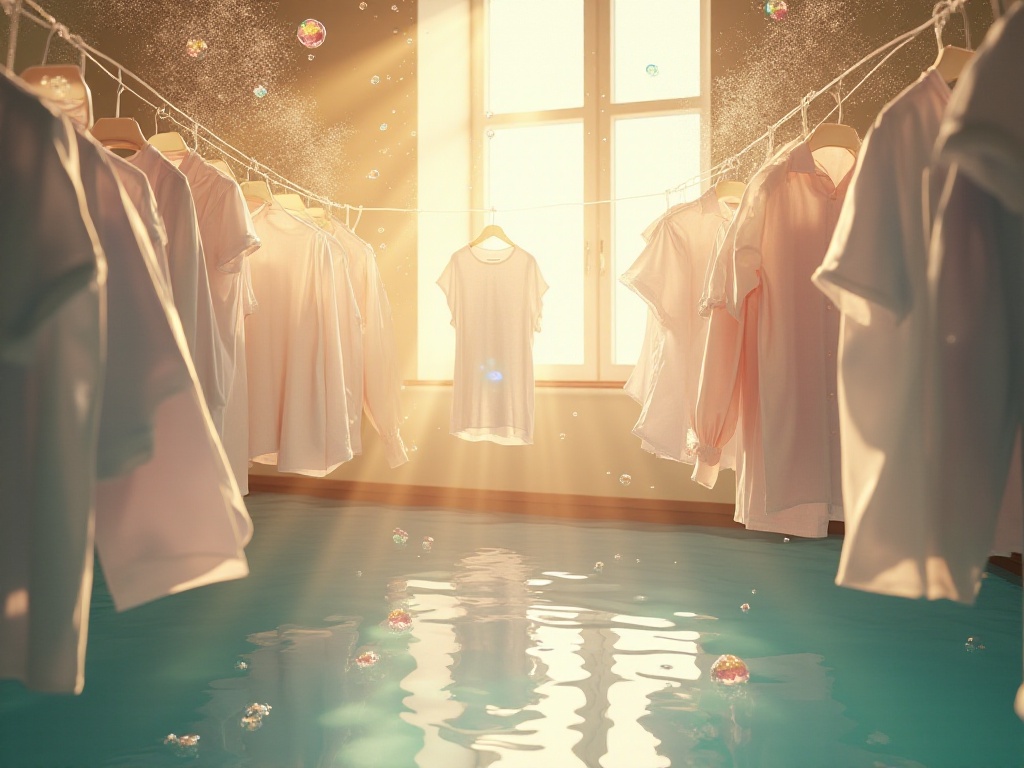
Pre-treatment is Important
Speaking of pre-treatment, I have plenty to say about this. I remember once wearing my new white hoodie to hot pot, and accidentally got some red oil on it. I was stunned - this was a limited edition I'd saved up for! When I got home, I didn't think much and threw it straight in the washing machine. After washing, I discovered the red oil stain hadn't come out - it had actually spread even more.
Later, after asking around, I learned that laundry requires pre-treatment before washing. Taking my experience as an example, if I had immediately used napkins to absorb the surface oil at the hot pot restaurant, then used a special oil stain remover at home before machine washing, the stain might have come out completely.
This reminds me of another hard-learned lesson. Once I accidentally dropped tomato sauce on my favorite white shirt. I immediately wiped off the surface sauce with a napkin, went home and treated it with a special stain remover, then put it in the washing machine. The result was completely different - you couldn't tell there had ever been tomato sauce on the shirt.
Now whenever I encounter stains on clothes, I handle them according to the specific situation. For coffee stains, I first rinse with cold water, then use a special stain remover. For sweat stains, I spray them with diluted white vinegar, wait a few minutes, then wash. Through all this practice, I've finally developed an effective method.
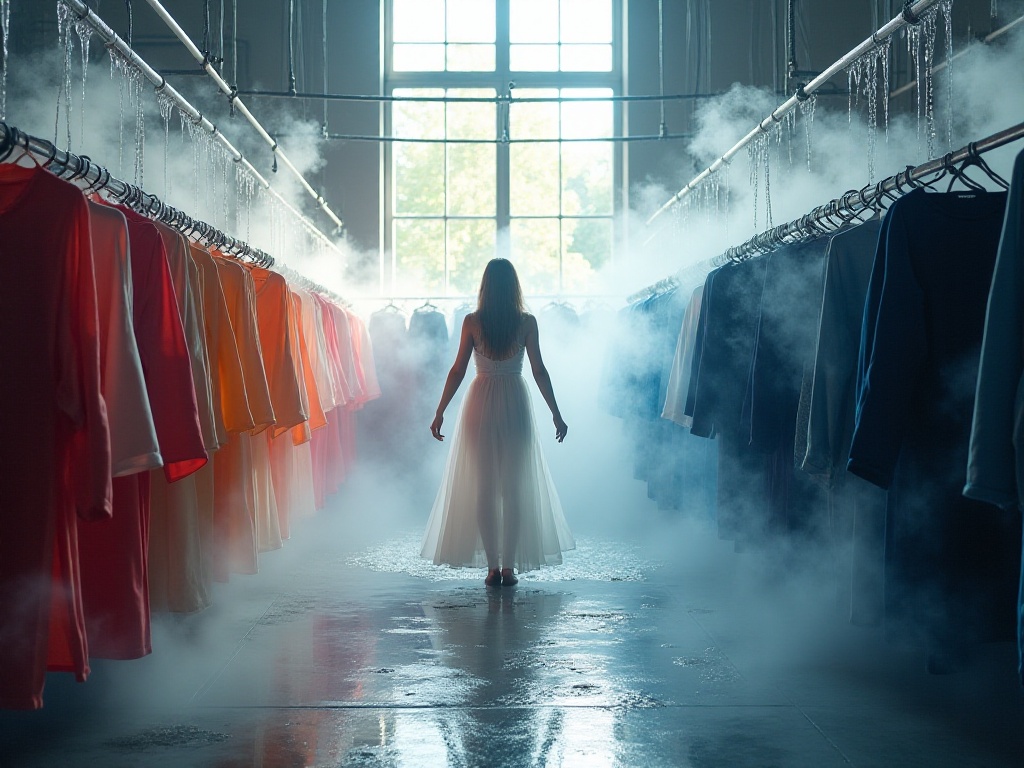
The Right Way to Wash
When it comes to washing clothes, I used to be a complete "more is better" believer. Detergent? Put in more, it should clean better! Fabric softener? Of course fill it up, the clothes will smell better! The results were predictable - my towels came out hard as bricks, and the fragrance on my clothes was so strong I couldn't stand it.
Later I discovered that detergent amounts need to be precise. Now I strictly follow the recommended amounts on the instructions, sometimes even using just half. Surprisingly, the clothes still get perfectly clean, feel more comfortable to wear, and the towels come out soft and fluffy.
Then there's the water temperature issue. At first, I thought hotter was better - shouldn't that clean clothes more thoroughly? Until my favorite jeans severely faded after washing, I didn't realize the seriousness of the problem. Now unless clothes are extremely dirty, I basically use cold water. This not only protects the clothes' color and fabric but also saves on electricity - multiple benefits at once.
I've also figured out some tricks. For sweaters, I wash them inside out to reduce pilling. For jeans, I turn them inside out and zip them up to prevent fading and wear.
Regarding detergent choice, I now have my own standards. For athletic wear, I choose specific sports detergent to better remove sweat odors. For undergarments, I choose gentle detergents to avoid skin irritation.
The Art of Drying
When I first moved out, my clothes-drying skills were absolutely terrible. I'd hang sweaters directly on hangers, resulting in deformed shoulders after drying. Shirts were carelessly hung, ending up wrinkled like rags. Looking back at those days, it was such a waste!
After many lessons, I finally understood that drying clothes is also an art. Now I choose drying methods based on different fabric types. Sweaters and knitwear are laid flat to dry - though it takes up space, this prevents deformation. Shirts need special hangers and should be buttoned up to prevent wrinkles.
My apartment has a small balcony, so I bought a folding drying rack that doesn't take up much space when stored but opens up when needed. I also check the weather forecast now - if it's going to rain, I'll either bring clothes in early or wait for another day to do laundry.
In summer, I avoid drying clothes in direct sunlight, especially dark-colored items that can fade. I usually choose ventilated spots without direct sun exposure. Winter is different - I'll put clothes in the sunlight when available, not just for drying but also for sanitization.
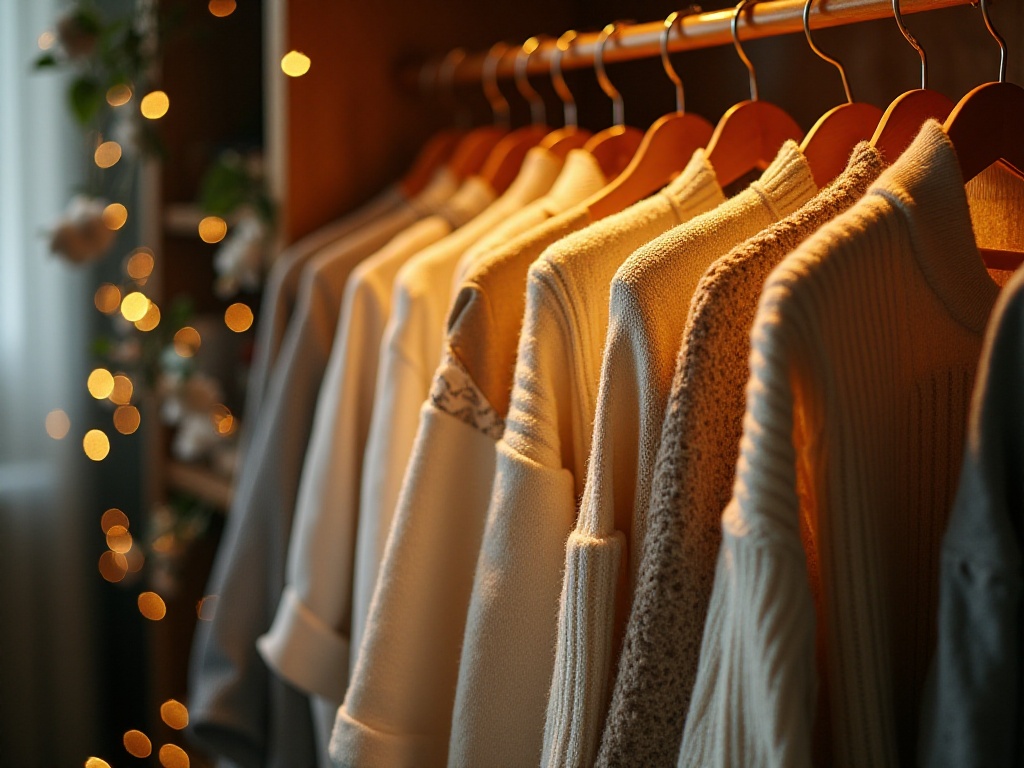
Handling Special Situations
Speaking of special situations, I've experienced quite a few. Once, I accidentally sat on chewing gum while riding the bus, getting it stuck to my favorite jeans. I panicked and tried to pull it off, which only made things worse. Later, I learned online that in such situations, you should put the garment in the freezer for a few hours until the gum hardens, making it easy to remove.
Another time, I splashed hot pot oil on my clothes. I remembered a tip I'd read about using white chalk on oil stains, waiting a few minutes before normal washing. Surprisingly, this method worked well - the chalk absorbed the oil, making cleaning much easier.
Makeup on clothes is also a headache. Once when my foundation got on my clothes, I immediately treated it with a mixture of warm water and dish soap, then gently patted it with a clean cloth before machine washing - the results were amazingly good.
Then there's ink stains, which are really difficult to handle. Once I accidentally got fountain pen ink on my shirt and tried many methods without success. Later, I soaked the stained area in milk, waited a few minutes, then rinsed with clean water - surprisingly, it removed the ink stain.
Over the years, I've encountered many strange stain problems, but through constant exploration and experimentation, I've accumulated quite a bit of experience. Like using boiling water for fruit juice stains, or spraying hairspray on lipstick marks before wiping - these tricks all came from practice.

Final Thoughts
Through these years of trial and error, I've finally evolved from a laundry novice to someone with some experience. Now I deeply understand that doing laundry isn't just about throwing clothes in the washing machine - it requires many skills and knowledge.
Every time I look at my neatly organized, clean closet, I feel a sense of achievement. Though these are small things, doing them well makes life more refined and beautiful. Now my friends come to me with their laundry questions, and I'm happy to share my experience with them.
Actually, taking care of clothes is taking care of ourselves - each piece of clothing carries our memories and stories. By maintaining them properly, we not only keep our clothes in the best condition but also make our lives better.
If you have any unique laundry tips, feel free to share them in the comments. Let's be smart owners together and make every piece of clothing shine. After all, who doesn't want their clothes to last longer?



